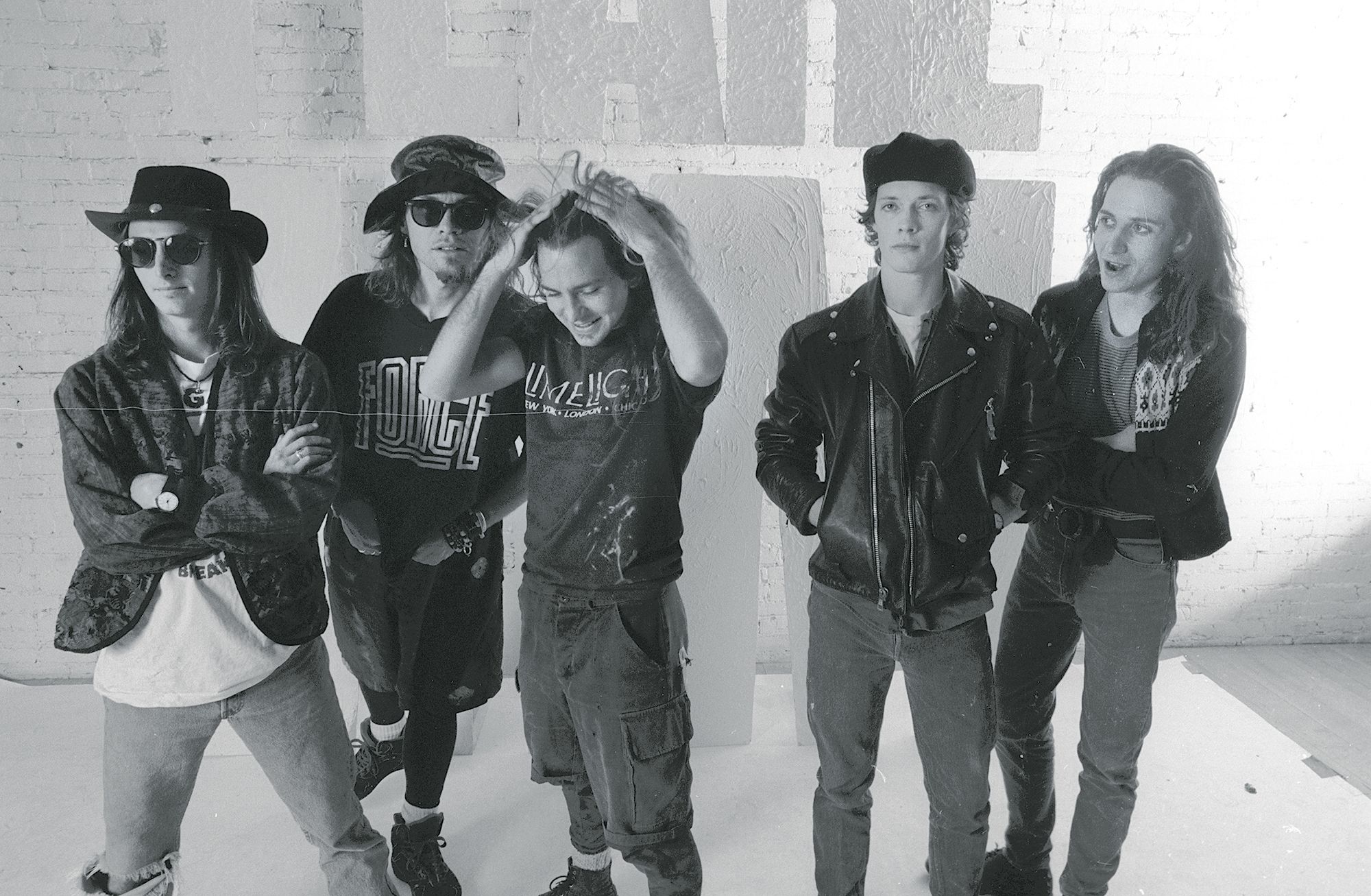
Photo- AI Generated
The Emergence of Alternative Rock Bands in the 1990s
The 1990s was a decade of seismic shifts in the music industry, marked by the rise of alternative rock as a dominant force.
25 April 2024
Emerging from the underground music scenes of the 1980s, alternative rock bands in the 1990s forged a new sound and aesthetic that challenged the mainstream. As we explore the emergence of alternative rock in the 1990s, we uncover the origins, influences, and impact of this groundbreaking movement.
Alternative rock, often characterized by its raw, guitar-driven sound and introspective lyrics, emerged in the wake of the commercialization of punk rock and the decline of hair metal in the late 1980s. Bands like Sonic Youth, Pixies, and R.E.M. laid the groundwork for the genre, blending elements of punk, indie rock, and post-punk to create a sound that was both melodic and edgy, accessible yet subversive.
The breakthrough moment for alternative rock came in the early 1990s with the mainstream success of bands like Nirvana, Pearl Jam, and Soundgarden. Nirvana's "Nevermind," released in 1991, with its raw energy, catchy melodies, and angsty lyrics captured the zeitgeist of the era. Similarly, Pearl Jam's "Ten" and Soundgarden's "Badmotorfinger" helped to popularize the grunge sound, with their heavy riffs, emotive vocals, and introspective lyrics.
The success of Nirvana and other alternative rock bands in the early 1990s paved the way for a wave of new artists to break into the mainstream. Bands like Smashing Pumpkins, Radiohead, and Oasis embraced alternative rock pushing the genre in new and innovative directions. The Smashing Pumpkins "Siamese Dream," Radiohead's "The Bends," and Oasis's "Definitely Maybe" became iconic albums of the era, contributing to the rich tapestry of alternative rock music in the 1990s.
One of the defining characteristics of alternative rock in the 1990s was its diversity and eclecticism. While grunge bands dominated the airwaves, alternative rock encompassed a wide range of styles and influences, from the psychedelic pop of bands like The Flaming Lips to the experimental noise-rock of Sonic Youth to the shoegaze of My Bloody Valentine. This diversity helped to keep the genre fresh and exciting, attracting fans and ensuring its longevity throughout the decade.
Moreover, alternative rock in the 1990s was characterized by its grassroots sensibility. Many bands eschewed the trappings of the mainstream music industry, opting instead to self-produce their music, book their shows, and release their records through independent labels. This independence not only allowed artists to maintain creative control over their music but also fostered community and camaraderie within the alternative rock scene.
In conclusion, the emergence of alternative rock bands in the 1990s challenged the dominance of mainstream rock and pop and ushered in a new era of creativity, diversity, and innovation. From the raw energy of grunge to the melodic beauty of shoegaze to the experimentalism of noise-rock, alternative rock in the 1990s represented the power of music.






